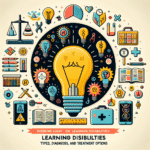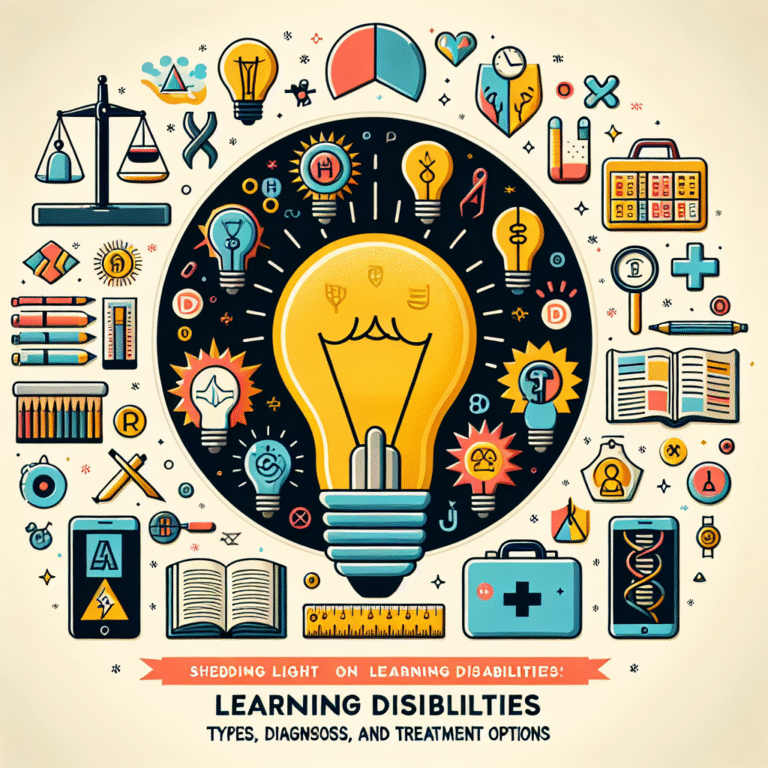Introduction
In an increasingly interconnected world, the essence of mobility goes beyond mere movement from one point to another. It encompasses independence, access to opportunities, and an enriched quality of life. Breaking Barriers: How Assistive Technologies Enhance Mobility for All explores the profound impact of assistive technologies on mobility—enabling individuals with disabilities to transcend physical limitations and navigate their environments more freely. This article will delve into how these innovations serve to empower, inspire, and enhance the lives of countless individuals.
Understanding Assistive Technologies
What Are Assistive Technologies?
Assistive technologies (AT) are devices, equipment, or software designed to improve the functional capabilities of individuals with disabilities. They come in various forms, from mobility aids like wheelchairs and scooters to sophisticated communication devices that facilitate interaction. The goal is to provide greater autonomy and enable users to lead fulfilling lives.
The Evolution of Mobility Aids
Historically, mobility aids were rudimentary and often inaccessible to many. However, technological advancements have led to the development of more effective and user-friendly solutions. Now, we see everything from powered wheelchairs to smart home systems that integrate with mobility devices, giving rise to opportunities for independent living.
The Role of Assistive Technologies in Enhancing Mobility
Breaking Barriers: How Assistive Technologies Enhance Mobility for All Individuals
1. Empowering Independence
Assistive technologies allow users, regardless of their physical abilities, to manage their daily activities independently. For instance, powered wheelchairs enable individuals to navigate various terrains, while stairlifts and ramps facilitate easy access to buildings—breaking down physical barriers in society.
Case Study: The Smart Wheelchair Initiative
The Smart Wheelchair Initiative, pioneered by a group of researchers at MIT, showcases the capabilities of integrating self-navigation technology into wheelchairs. Equipped with sensors and AI, these wheelchairs can map their environment and provide autonomous driving options, empowering users to navigate public spaces more confidently.
| Feature | Impact on Mobility |
|---|---|
| Self-navigation | Reduces dependency on caregivers |
| Obstacle detection | Increases safety while moving |
| Route optimization | Minimizes travel time and effort |
2. Enhancing Communication
Communication barriers can significantly hinder mobility for those with speech or hearing impairments. Assistive technologies like speech-generating devices and apps facilitate effective communication, allowing users to request assistance or share their needs confidently.
Case Study: Voice-Activated Assistants
Voice-activated assistants, such as Amazon’s Alexa or Google’s Assistant, have become essential tools for individuals with mobility challenges. They enable users to control their environment—adjusting lighting, temperature, and even making calls—without needing to physically interact with devices.
3. Improving Transportation Access
Transportation remains a significant challenge for people with mobility impairments. Modern innovations are addressing this issue, making public and private transportation more inclusive.
Case Study: Accessible Rideshare Programs
Companies like Uber and Lyft have begun to implement special features in their apps that allow users to request accessible vehicles. These initiatives are breaking barriers in local transportation, significantly enhancing mobility for those who rely on rideshare services.
| Feature | Impact on Mobility |
|---|---|
| Booking accessible rides | Expands transportation options |
| Driver training | Improves user experience |
| Real-time vehicle tracking | Increases safety and reliability |
The Importance of Customization
The One-Size-Fits-All Myth
Every individual has unique needs and challenges. Breaking Barriers: How Assistive Technologies Enhance Mobility for All is not just about technology—it’s about personalization. Custom-fit solutions ensure that individuals can benefit from assistive devices tailored to their specific requirements.
The Role of User Feedback in Development
Feedback from users is crucial in the development of assistive technologies. Engaging with the community allows developers to understand the real-world challenges faced by individuals, ensuring products that truly meet their needs.
Case Study: The Amputee Coalition’s Feedback Loop
The Amputee Coalition regularly collaborates with individuals who have undergone amputations to refine prosthetic technologies. This collaboration results in prosthetics that not only meet functional needs but also enhance personal style and comfort.
The Future of Assistive Mobility Technologies
Innovations on the Horizon
As technology continues to evolve, so do the possibilities for assistive mobility. Innovations like exoskeletons, advanced robotics, and AI-enhanced devices are on the cusp of revolutionizing the landscape.
Building Inclusive Communities
The integration of assistive technologies into urban planning is essential for creating inclusive communities. Smart cities are beginning to incorporate designs that prioritize accessibility, ensuring that every resident can move freely and comfortably.
Government and Policy Support
Supportive policies and funding can help further the development of assistive technologies. Advocacy for increased accessibility and funding for research is vital for breaking down remaining barriers.
Conclusion
Breaking Barriers: How Assistive Technologies Enhance Mobility for All illuminates the transformative power of technology in enhancing mobility and independence for individuals with disabilities. As we continue to embrace these innovations, it’s essential to foster a culture of inclusivity where everyone, regardless of their abilities, has access to the mobility they deserve. As we move forward, let us advocate for a world where barriers will always be broken, paving the way for empowering lives.
FAQs
1. What are some examples of assistive technologies for mobility?
Assistive technologies for mobility include powered wheelchairs, mobility scooters, adaptive bicycles, stairlifts, and smart home devices that facilitate navigation.
2. How do assistive technologies improve quality of life?
These technologies promote independence, increase accessibility to transportation and communication, and enhance overall safety, leading to a higher quality of life for users.
3. Are there any financial assistance programs for assistive technologies?
Yes, various government grants and insurance companies offer financial assistance for purchasing assistive technologies. Researching local resources can reveal options specific to your area.
4. How can I ensure my assistive technology is right for me?
Consult with healthcare providers, occupational therapists, and other professionals who can assess your needs and suggest the most suitable devices for your lifestyle.
5. What role do communities play in promoting assistive technologies?
Communities can advocate for accessibility improvements, support local initiatives, and educate others about the importance of inclusive design to foster an environment that welcomes all individuals.
As we move forward, the vision of a more accessible world becomes clearer. With assistive technologies, we not only break barriers but also build bridges to a future where everyone has the mobility they need to thrive.

















